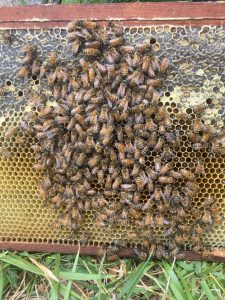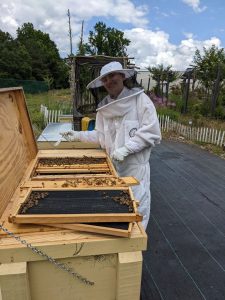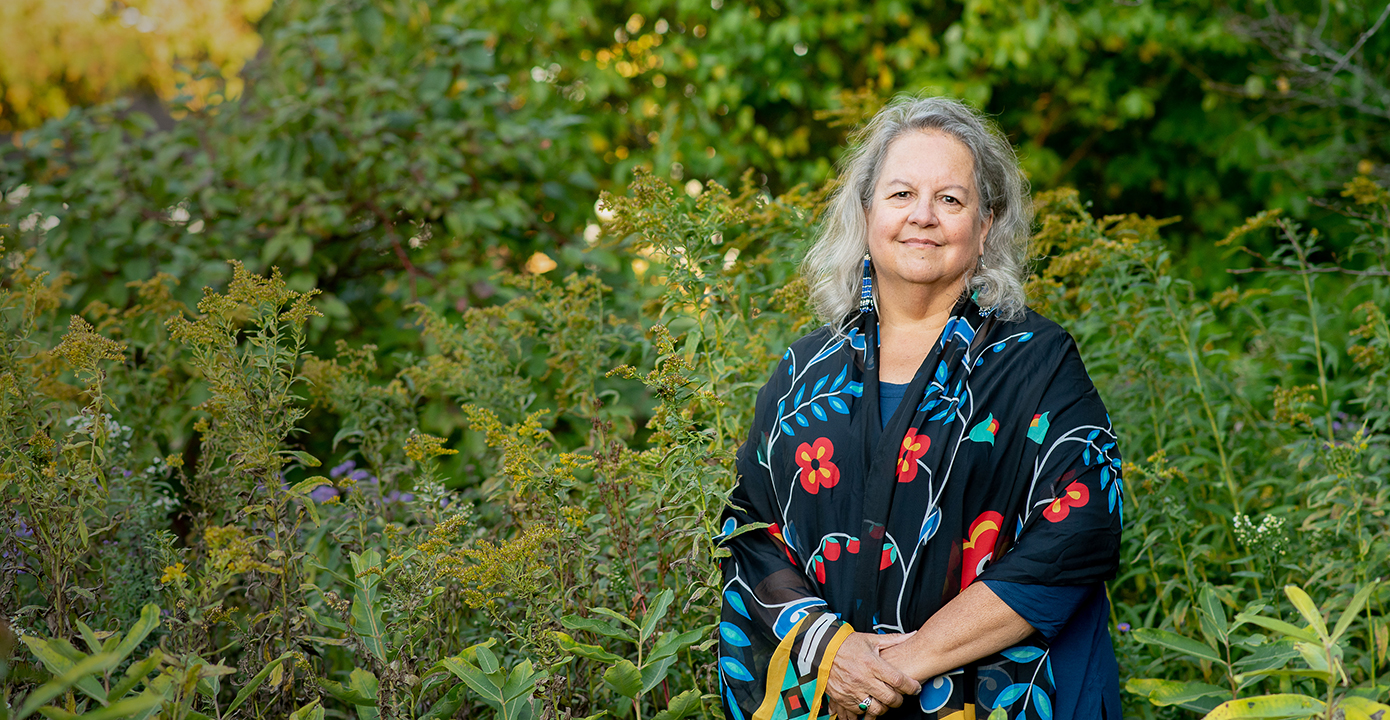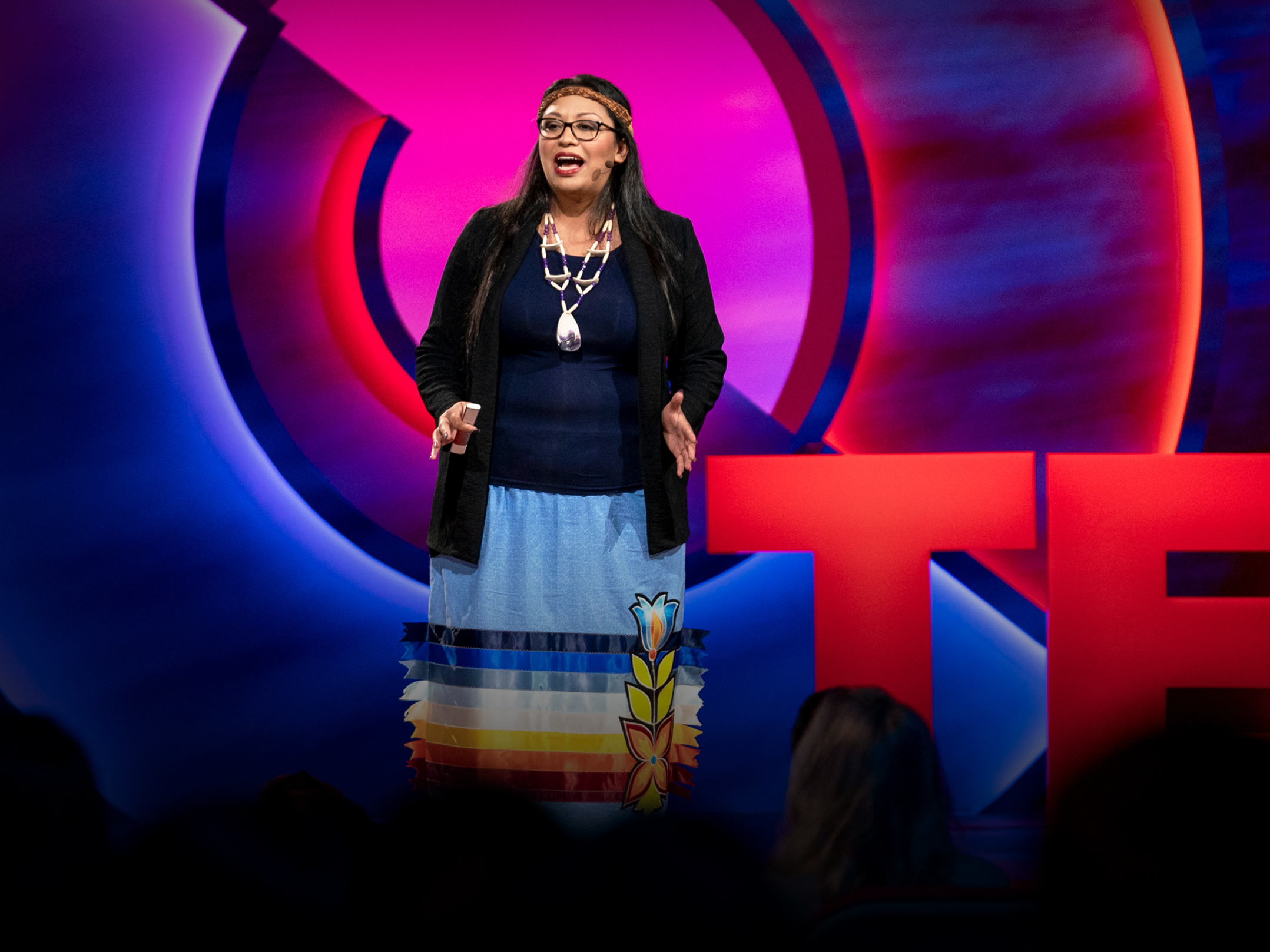As part of the Greenbelt course’s recent lifestyle project I experimented with vegetarianism. Although through the end of the experiment I did not continue with vegetarianism–I did rediscover a permanent staple in my diet: Sweet potato. This particular root vegetable is worthy of our collective adoration for a number of reasons I wish to relate. First, the sweet potato is part of an elite and mysterious group of transpacific edible flora. In fact, there is some anthropological evidence suggesting the sweet potato made the 5000 mile (8000 kilometer) trek from the Andes to the Highlands of New Guinea hundreds of years before Columbus’s voyage, probably by way of Polynesian sailors who (maybe) used the hardy vegetable for sustenance on these long voyages (Doucleff 2019).

“The sweet potato made three independent trips to Southeast Asia. The Polynesians probably introduced it in 1100 A.D. (red). While the Spanish (blue) and Portuguese (yellow) brought other varieties from the Americas around 1500” (Doucleff 2019).
From this evidence–and our own experience–we learn solutions to deeply situated problems of sustainability. That is, how do we reconcile, on the fronts of production and transportation, the simultaneous health crises of overconsumption, overnutrition, malnutrition, and undernutrition. Bovell-Benjamin writes, “Currently, in some developed countries, overnutrition rather than undernutrition presents a major public health challenge. However, from a global perspective, undernutrition, food insecurity issues, droughts, and limited agricultural technologies are major problems. In developing countries, many farmers are highly dependent on root and tuber crops, as contributing, if not principal, sources of food, nutrition, and cash income… The sweet potato… is high yielding and drought tolerant, with wide adaptability to various climates and farming systems.” Moreover, “the roots, leaves, and shoots [of sweet potatoes] are all edible” (Bovell‐Benjamin 2007). Sweet potato is filling enough to prevent its own overconsumption, and nutritionally dense enough to serve as a cheap staple in the diets of millions of people. Cartabiano et al. succinctly note: “Sweet potatoes are a convenient food to be used as a nutritional supplement in the diet of vulnerable people” (2022).
Furthermore, Afzal et al. recommend increased sweet potato production in order to encourage a variety of sustainable development goals. Goals, which importantly, seek to protect some of the most vulnerable people on the planet: [S]weet potato can contribute positively to reducing poverty by creating sustainable income generation opportunities for small farmers. This is due to its profitability, potential for biofuel production as a result of its high starch content, the selling of vines due to their high multiplication rate, low production costs due to low input requirements, and the potential for high yields” (Afzal et al. 2021). Afzal et al. goes on to note that studies of farmers in Uganda, Malawi, and Nigeria demonstrate the success of sweet potato production in increasing income for struggling farmers. Which further increases their access to food, clothing, medication, and education.
Afzal (2021) and Cartabiano (2022) both go on to note how incredibly understudied (and underappreciated) sweet potato is by academia and consumers. For me, I appreciate sweet potatoes for their decadence and sweetness. As individuals dedicated to sustainability, I think it is important that we find sustainable activities, hobbies, and foods that that feel decadent, relaxing, and fulfilling, that don’t also feel sacrificial and laborious.
Afzal N, Afionis S, Stringer LC, Favretto N, Sakai M, Sakai P. 2021. Benefits and Trade-Offs of Smallholder Sweet Potato Cultivation as a Pathway toward Achieving the Sustainable Development Goals. Sustainability. 13(2):552. doi:https://doi.org/10.3390/su13020552. https://eprints.whiterose.ac.uk/169858/1/sustainability_13_00552.pdf.
Bovell‐Benjamin AC. 2007 Jan 1. Sweet Potato: A Review of its Past, Present, and Future Role in Human Nutrition. ScienceDirect. 52:1–59. https://www.sciencedirect.com/science/article/abs/pii/S1043452606520017.
Cartabiano Leite CE, Porcu OM. 2022 Jun. (PDF) Sweet potato (Ipomoea batatas L. Lam) nutritional potential and social relevance: a review. ResearchGate. doi:https://doi.org/10.9790/9622-1006082340. https://www.researchgate.net/publication/348306610_Sweet_potato_Ipomoea_batatas_L_Lam_nutritional_potential_and_social_relevance_a_review.
Doucleff M. 2019. NPR Choice page. Nprorg. https://www.npr.org/sections/thesalt/2013/01/22/169980441/how-the-sweet-potato-crossed-the-pacific-before-columbus.







